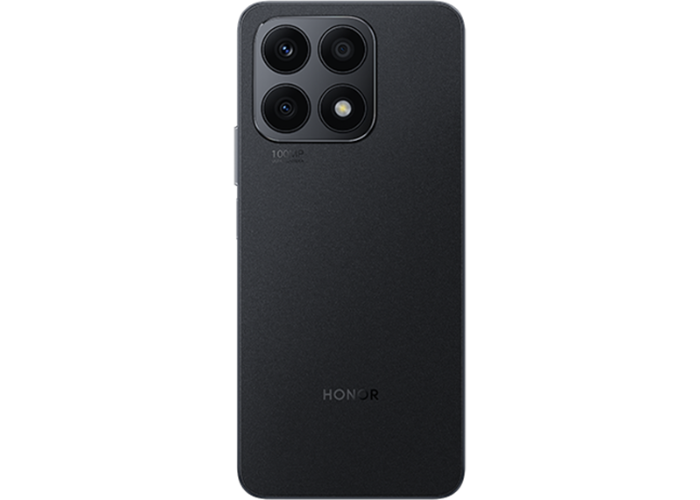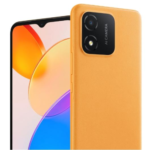In an increasingly connected world, smartphones have become indispensable tools that accompany us throughout our daily lives. However, this constant connectivity raises concerns about data privacy and user consent. As smartphones collect vast amounts of personal data, it is essential to address data tracking and ensure that users have control over their data.
In this article, we will explore the importance of guarding privacy, the challenges of data tracking, and the need for transparent user consent on smartphones.
I. The Importance of Privacy in the Digital Age
In the digital age, privacy is a fundamental right that individuals should be able to exercise without compromise. As smartphones like HONOR X8a become repositories of personal information, ensuring data privacy is crucial for protecting users from various risks, including identity theft, data breaches, and unauthorized access to sensitive information.
II. Data Tracking on Smartphones
1. App Tracking
Many smartphone apps collect user data, such as location, browsing history, and device information, to personalize content and deliver targeted advertisements.
2. Third-Party Data Sharing
Third-party companies often receive data from apps, raising concerns about how this data is used and whether it complies with users’ expectations.
3. Location Tracking
Location tracking is a common practice in many apps, but it can be invasive if not used transparently or with user consent.

III. Challenges in Data Tracking
1. Lack of Transparency
Many users are unaware of the extent of data tracking on their smartphones due to a lack of transparency from app developers and third-party companies.
2. Fragmented Privacy Policies
Privacy policies can be complex and difficult to understand, especially when different apps have varying policies.
3. Difficulty in Opting Out
Users may find it challenging to opt out of data tracking, as certain apps and services require data sharing to function fully.
IV. Ensuring User Consent
1. Transparent Consent Mechanisms
Developers should implement transparent consent mechanisms, clearly explaining to users what data will be collected, how it will be used, and whether it will be shared with third parties.
2. Granular Consent Options
Offering granular consent options allows users to decide which specific data they are comfortable sharing, giving them more control over their privacy.
3. Easily Accessible Privacy Settings
Privacy settings should be easily accessible and understandable, empowering users to manage their data preferences effortlessly.
V. Regulating Data Tracking and Consent
1. Government Regulations
Governments play a crucial role in establishing privacy regulations that protect users from excessive data tracking and ensure that user consent is prioritized.
2. Industry Standards
Industry organizations can develop and promote best practices for data privacy and consent, encouraging developers to adopt user-centric privacy measures.
VI. Encouraging User Empowerment
1. Educating Users
Educating users about data privacy and the importance of consent helps them make informed decisions about sharing their data.
2. Empowering Users with Privacy Tools
Developers can create privacy tools that allow users to see how their data is being used, revoke consent if necessary, and monitor app permissions more effectively.
Conclusion
Guarding privacy and addressing data tracking and user consent on smartphones is a critical endeavor in today’s digital landscape. As smartphones become more intertwined with our lives, it is essential to establish transparent and user-centric privacy practices.
By encouraging user empowerment and promoting data privacy education, we can create a digital environment where users feel in control of their personal information, fostering trust and confidence in smartphone technology. Ultimately, safeguarding privacy is a shared responsibility that will shape the future of smartphones and data privacy in the digital age.







